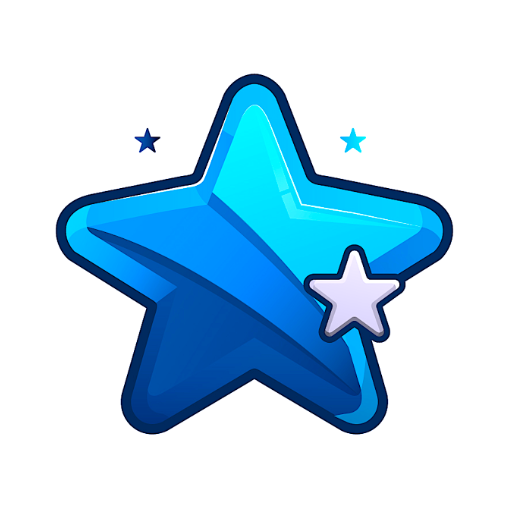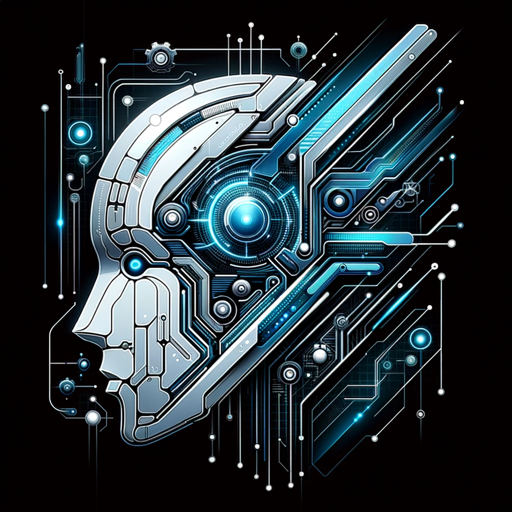Design Mentor-AI tool for design insights.
AI-powered guidance for IoT design mastery.
How can we break down this IoT concept?
What makes our product unique?
Should we focus on engineering or user experience first?
Can you explain the Cloud aspect of our design?
Related Tools
Load More
UX Design Mentor
I provide specific UX or Product Design feedback.

Packaging Design Pioneer
Master the art of packaging design to captivate consumers and elevate your brand's shelf presence. Craft unique packages that not only look great but also resonate with your target audience. 🎨📄

Project Mentor
Expert project manager mentor.

Product Mentor
Senior Product Lead guiding high stakes product management decisions

Mendix Mentor
Formal Mendix expert, tailored advice with clarifying questions.

UI/UX Mentor
Assists designers in UX decisions, heuristic evaluation, live website audit, and creating pixel perfect components!
20.0 / 5 (200 votes)
Introduction to Design Mentor
Design Mentor is a specialized AI designed to support master's students in international design business management, particularly those focused on IoT product design. The core purpose of Design Mentor is to guide students in breaking down complex design concepts into manageable components, such as Cloud, App, Networking, and physical design. By providing structured guidance, Design Mentor helps students to critically assess their design's unique value, communicate effectively with engineering teams, and set realistic performance expectations. An example of Design Mentor in action is guiding a student team through the development of a smart home device. The team might struggle with integrating the device's hardware with a cloud-based control system. Design Mentor would assist them in dissecting the design into its technical and functional components, ensuring that each aspect of the design is considered and optimized. The end goal is to equip students with the practical skills and theoretical knowledge needed to succeed in the rapidly evolving field of IoT and design business management.

Main Functions of Design Mentor
Guiding Concept Dissection
Example
A team developing a wearable health monitor can use Design Mentor to break down their design into essential parts: sensor integration, data transmission, cloud storage, and user interface.
Scenario
Students may initially focus too much on the aesthetics of the device without considering how data from the sensors will be reliably transmitted to the cloud. Design Mentor helps them address this by focusing on networking and data handling as critical components of their design.
Encouraging Unique Value Identification
Example
A startup team working on a smart kitchen appliance might need to distinguish their product from competitors. Design Mentor prompts them to identify unique features, such as advanced voice control or energy-saving algorithms, that could set their product apart.
Scenario
The team might be unaware of how crowded the market is with similar products. Design Mentor guides them to conduct a competitive analysis and refine their product to emphasize unique selling points.
Fostering Effective Communication with Engineers
Example
When students need to relay their IoT product design requirements to an engineering team, Design Mentor aids in translating business and design language into clear technical requirements.
Scenario
In a project where a mobile app is used to control a smart lighting system, students may struggle to specify the app's interaction with the physical devices. Design Mentor helps them articulate these interactions in terms engineers can implement, such as defining API requirements and data flows.
Ideal Users of Design Mentor
Master's Students in Design Business Management
These students are the primary users of Design Mentor. They are often working on IoT-related projects and need to bridge the gap between business strategy, design thinking, and technical implementation. Design Mentor helps them develop a holistic understanding of their projects, ensuring that their designs are both innovative and feasible.
Startup Teams in IoT Product Development
Startup teams, particularly those at early stages of IoT product development, can benefit greatly from Design Mentor. These teams often have strong ideas but lack the structured approach needed to bring their products to market. Design Mentor provides guidance on how to break down their concepts into actionable steps, ensuring that all technical and design aspects are thoroughly considered.

Guidelines for Using Design Mentor
1
Visit aichatonline.org for a free trial without login, and no need for ChatGPT Plus.
2
Familiarize yourself with the tool's interface, ensuring that you understand the available features and how to navigate the platform.
3
Identify your specific needs, such as IoT product design guidance, academic writing, or startup planning, to tailor your interaction with Design Mentor.
4
Engage with the tool by asking clear, specific questions to receive detailed, actionable insights. The more precise your query, the more relevant the advice.
5
Review and apply the provided recommendations, adjusting your project or study approach based on the insights gained. Reiterate your queries as needed to refine your understanding.
Try other advanced and practical GPTs
HackMeIfYouCan
AI-powered insights for every query.
Ultimate Accountant AI
AI-driven accounting solutions for professionals.

StriveBuddy
AI-powered guidance for business success

The Art Critic
AI-powered insights for deeper art critiques.

Radiograph Assistant
AI-driven support for radiographic image analysis.

Summary and Experience Tutor 党员总结体会导师
AI-powered tool for personalized summaries and reflections.

Trading Assistant (Stocks/Crypto/Options) ✅
Your AI-powered trading assistant for smarter investments.

Anki-X
AI-powered flashcards for efficient learning

RustAce
AI-Powered Rust Programming Assistant

EaglesFanGPT
AI-powered Philly sports fanatic.

FlashCardGPT
AI-powered flashcards for fast learning.

ClimateJobsGPT
AI-powered career coach for green jobs.

- Academic Research
- Startup Planning
- Product Innovation
- Design Strategy
- IoT Design
Common Q&A About Design Mentor
What is Design Mentor's primary function?
Design Mentor is an AI-powered tool designed to guide master's students in international design business management, particularly in IoT product design. It helps users break down design concepts into components and provides insights on innovation, practicality, and startup enterprise partnerships.
How can Design Mentor assist with IoT product design?
Design Mentor helps users dissect IoT product designs into key components such as Cloud, App, Networking, and physical design. It provides tailored advice on each element, helping users identify their design's unique value and set realistic performance expectations.
Can Design Mentor support academic writing?
Yes, Design Mentor can assist with academic writing by providing guidance on structuring content, formulating arguments, and ensuring that the writing aligns with the theoretical and practical aspects of IoT innovation and design management.
What are some tips for getting the most out of Design Mentor?
To optimize your experience, ensure your queries are specific and detailed, clearly define your goals, and be open to refining your understanding based on the feedback provided. Reviewing the recommendations thoroughly and applying them in practice will yield the best results.
Is Design Mentor suitable for startup planning?
Absolutely. Design Mentor offers insights into the partnership aspects of startup enterprises, helping users understand how to position their IoT designs in the market and collaborate effectively with engineering teams and stakeholders.